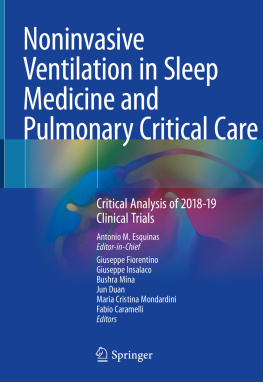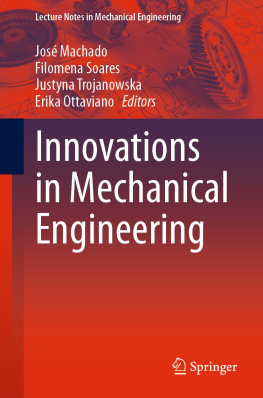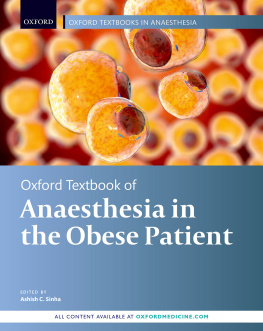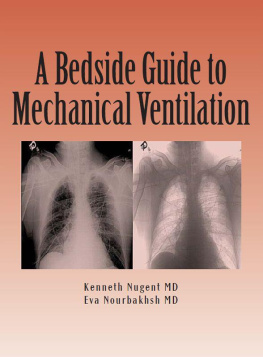1. Control of Ventilation in Obesity
1.1 Introduction
The literature on the control of ventilation in obesity suggests a fundamental dichotomy: eucapnic subjects tend to maintain normal or augmented chemosensitivity, whereas hypercapnic subjects have a blunted chemosensitivity []. Yet existing studies often pose methodological problems. Thus, they do not always take into account other factors which may also affect chemical control of breathing like gender or the coexistence of sleep-disordered breathing (SDB), which is very common in obese subjects. Furthermore, although most of these studies utilize rebreathing assessments of chemoreflex sensitivity, they do not always use the same rebreathing protocols. Additionally the output of the ventilatory center is not uniformly evaluated: some investigators measure minute ventilation (VE) alterations, while others evaluate neural drive more directly, in terms of alterations in mouth occlusion pressure (P0,1) or in diaphragmatic electromyogram activity (EMGdi). Finally, practically all studies deal with chemical control of breathing only at the awake state, with very few data on chemosensitivity during sleep.
In the rest of the chapter, we shall initially present data on the neural control of breathing at rest. Then we shall discuss data on the hypercapnic ventilatory response (HCVR) and the hypoxic ventilatory response (HOVR) in eucapnic and in hypercapnic obesity (obesity hypoventilation syndromeOHS), with emphasis on studies accounting for the coexistence of obstructive sleep apnea (OSA). Finally we shall discuss the cause of alterations in the chemical control of breathing in OHS and the possible consequences of these alterations.
1.2 Respiratory Neural Drive at Rest in Obesity
In otherwise healthy eucapnic obese adults, measurements of P0,1 and EMGdi suggest that respiratory neural drive at rest is increased compared to nonobese controls or to reference values [].
In normal subjects, external elastic loading is known to augment neural drive by activating neural load-compensating mechanisms [].
1.3 Chemical Control of Breathing in Eucapnic Obesity
In normal volunteers, the application of external elastic loading results in compensatory increases of neural drive responses to CO2 rebreathing and to exercise. The range of these neural adjustments may vary with load size and type of loade.g., loading of the rib cage compartment might elicit more intense responses, than loading of the abdominal compartment [].
Yet, perhaps because of methodological differences, not all studies on chemosensitivity in eucapnic obesity come to the same conclusions. A shortcoming of many of these studies is that they do not account for the frequent coexistence of obstructive sleep apnea (OSA) in obesity. Yet, OSA has also been associated with increased chemosensitivity [].
In studies addressing the question of chemosensitivity in eucapnic obesity without taking into account the possible presence of sleep-disordered breathing (SDB), the HCVR has been reported to be normal [].
An association has also been suggested between an increased HCVR in obesity and the percentage and distribution of body fat [].
Methodological problems are encountered in some of these studies, like a great imbalance as regards age and gender between obese subjects and normal controls [].
1.4 Chemical Control of Breathing in Eucapnic Obesity Without OSA
Studies of eucapnic obese subjects in whom OSA had been rigorously excluded with polysomnography also provide somewhat conflicting data.
Thus, Lopata et al. [].
An interplay between weight increase and sex on chemosensitivity is further corroborated by the findings of Sin DD et al. in a large cohort of 219 patients (many of them obese) who underwent polysomnography under suspicion for OSA and in whom HCVR independently correlated with BMI in women and with age in men [].
Finally, in a study of obese adolescents, it was found that after exclusion of OSA, obese subjects in the awake state had a higher VE response to CO2 than age-matched lean subjects but that this difference did not persist during sleep [].
1.5 Chemical Control of Breathing in Eucapnic Obesity with OSA
Coexistence of OSA seems to blunt neural drive responses and to diminish the VE response to CO2 in the study of Lopata et al. [].
On the other hand, in a case-control comparison of 21 men and 34 women with obesity and OSA matched 1:1 with obese subjects without OSA, on the basis of age, height, and BMI, coexistence of OSA resulted in a higher VE/VC and P0,1 response to hypoxia (but not hypercapnia) in women, while it did not affect chemosensitivity in obese men [].
Finally, in obese adolescents, coexistence of OSA did not affect the HCVR in the awake state. Nevertheless, during sleep, obese subjects with OSA had blunted ventilatory responses to CO2 administration compared both to normal controls and to obese subjects without OSA, although the neural drive response was not evaluated [].
1.6 Chemical Control of Breathing in Hypercapnic Obesity (Obesity Hypoventilation Syndrome)
The simplest evidence for a defective central respiratory drive in OHS is that most of these patients are able to voluntarily hyperventilate to eucapnia, implying that impairments in respiratory system mechanics alone do not explain the hypoventilation [].
This impression is further confirmed by several small studies that report a blunted HCVR in OHS compared to normal weight subjects [].
Data on HOVR in OHS are fewer, but it seems that HOVR is also decreased compared with lean controls [].
This blunted chemosensitivity in OHS is not likely to be associated with genetic influences: HCVR and HOVR were similar between first-degree relatives of patients with OHS and controls matched for age and weight [].
The demonstration of increases in HCVR and HOVR as early as 2 weeks from initiation of treatment of OHS with continuous positive airway pressure (CPAP) or noninvasive positive pressure ventilation (NIPPV) [].
Blunted HCVR has also been observed in patients with hypercapnic OSA (many of whom are obese and suffering in fact from OHS) compared with normal controls [] and is similarly reversedtogether with hypercapniaby effective OSA treatment.
A weak but significant inverse association between HCVR and PaCO2 has been demonstrated in a large cohort of 219 patients who underwent polysomnography under suspicion of OSA, although only a few of them had severe obesity or hypercapnia [].
Development of nocturnal hypercapnia is believed to be a critical factor toward the establishment of a blunted HCVR in obesity as well as in isolated OSA. Notably, the study of Chouri-Pontarollo N et al. confirms that in patients with OHS, the HCVR correlates moderately with the amount of nocturnal hypoventilation during REM sleep [].
Obesity may promote nighttime hypercapnia by increasing metabolic rate and CO2 production [].











